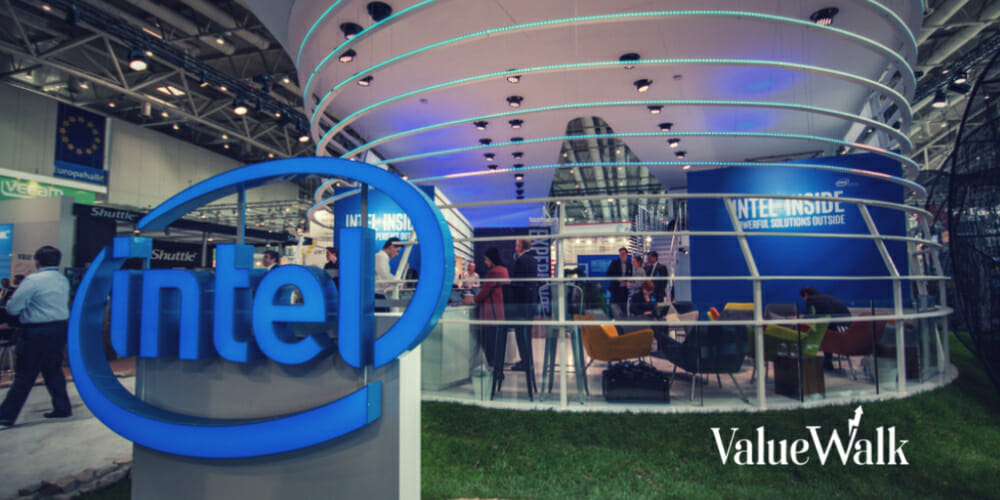Here we go again. A couple of years ago, commentators mocked Intel (NASDAQ:INTC) for losing market share to Advanced Micro Devices (NASDAQ:AMD). Then investors forgave Intel and learned to love it again, but they’ve now flipped back to hating Intel.
It’s a tale you may have heard repeatedly in 2024: a company beats earnings but gets punished for providing soft guidance. Evidently, the market has become so forward-looking that actual results don’t matter much anymore — as long as a company’s management is cheerful about the near-term future.
As we’ll discuss in a moment, one analyst just called Intel “broken,” and yet, I’m starting to wonder whether the market’s price-discovery mechanism is broken. When best guesses about the future take precedence over established data, share prices can get severely dislocated. Nonetheless, there might be a buying opportunity amid the wreckage.
Intel beats earnings, but no one cares
We’re living in a truly mixed-up world today. Confusingly, a stock can pop or drop with little regard for posted bottom-line results.
This is exactly why I tell people to be careful when making pre-earnings bets. Even if your beat-or-miss earnings prediction turns out to be spot-on, there’s no telling how the market will react in the short term.
We can now add Intel’s first-quarter earnings report to the growing list of confounding outcomes. For one thing, the chipmaker’s quarterly revenue grew 9% year over year to $12.7 billion. Intel had guided for revenue of $12.2 billion to $13.2 billion, and analysts had expected $12.8 billion.
Thus, that sales result was fairly in line with expectations. Turning to the bottom line, Intel reported adjusted non-GAAP Q1 2024 earnings of 18 cents per share. That’s a beat since Wall Street had only called for 14 cents per share.
Intel Chief Financial Officer David Zinsner credited “better-than-expected gross margins and strong expense discipline” for those solid quarterly results. That’s reasonable, as Intel’s gross margin improved from 34.2% in the year-earlier quarter to 41% in Q1 2024. Concerning the company’s “expense discipline,” Intel’s cost of sales decreased from $7.707 billion as of April 1, 2023 to $7.507 billion as of March 30, 2024.
The market couldn’t care less about Intel’s progress in these areas. Intel stock plummeted 9.2% on April 26, the day after the chipmaker announced the aforementioned financial results.
No, Intel isn’t “broken”
It’s funny how no one would have called Intel “broken” when the shares traded at $51 apiece. Yet, all it takes is one quarterly report — which included perfectly acceptable results but soft forward guidance — to turn some commentators against the company.
To Bernstein analyst Stacy Rasgon, it’s “clear” that Intel is “profoundly broken.” Apparently, he’s throwing in the proverbial towel as Bernstein analysts would “like to believe the bottom is in, but we have lost count of the times we have heard it.”
Was it not enough for Rasgon when Intel stock doubled from $24 and change to more than $50 last year? It may be difficult to buy when there’s blood in the streets and sell when the prevailing sentiment is optimistic, but that’s the crux of successful investing.
I’d say the problem is that most people don’t want to wait for Intel to develop into a full-fledged foundry. Unlike Advanced Micro Devices, Intel wants to specialize in manufacturing its own chips from start to finish. This is an endeavor that the U.S. government enthusiastically supports, not just in spirit but in financial terms.
However, once again, no one wants to wait. In an interview with Bloomberg Television, CEO Pat Gelsinger acknowledged that demand for Intel’s foundry products would be “a bit tepid in the first half” of 2024, but “we see a lot of improvement as we go through the year.”
“We’re going to see progress in the foundry business every quarter from now until the end of the decade,” Gelsinger added.
Tepid today, terrific tomorrow
Today’s traders with short attention spans don’t want to hear a phrase like “tepid in the first half.” They’re not looking years ahead, when Intel’s foundry business could generate substantial sales “every quarter from now until the end of the decade.”
They’re also not willing to accept Intel’s current-quarter revenue guidance range of $12.5 billion to $13.5 billion. For reference, the analysts’ consensus estimate called for $13.7 billion.
On Wall Street then, honesty isn’t the favored policy, and nothing less than bright-skies guidance will suffice in the 2020s. Thus, if you can see past Intel’s anticipated “tepid… first half” and envision its potentially robust future as a chip-foundry superstar, consider wading into this blood-in-the-streets opportunity with Intel stock.












